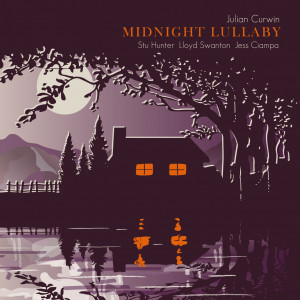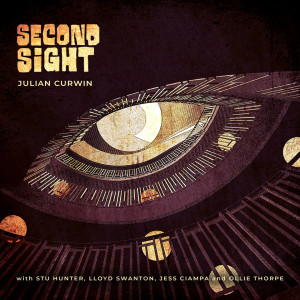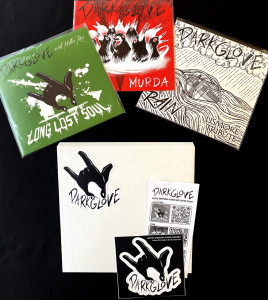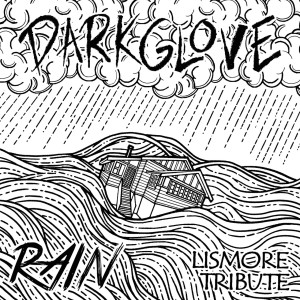 Loading... Please wait...
Loading... Please wait...Australian Art Orchestra - Sita
Album Description
The Theft of Sita is a collaboration between Australian and Indonesian artists, conceived when the two societies are estranged politically. Derived from Sanskrit epic the Ramayana, the story tells of the abduction of Sita, wife of King Rama, and her rescue.
"...the traditional gamelan group has been augmented by members and associates of Paul Grabowsky's impro ensemble the Australian Art Orchestra. The marriage of styles is intriguing and often delightful." Murray Bramwell, The Australian, March 2000.
"[Jazz] has always come about as a meeting of different musical traditions...the music has always had the ability to grow through the process of meeting other sorts of musical culture" said Grabowsky.
"Gamelan music, which has influenced such composers as Debussy, John Cage, Steve Reich and Phillip Glass, keeps evolving, as do other Balinese art forms. Bali is an incredible cultural centre on our doorstep." Sydney Morning Herald, March 2000.
"When the performance begins the musicians play what sounds like a traditional Indonesian composition, but scored for trombone and other western instruments as well as eastern instruments without ever losing the sense of what they are working with. This is the beginning of a dramatic interplay between musical cultures".
"...One of the many pleasures of The Theft of Sita is that Paul Grabowsky and O Wayan Gde Yudane's music exists in its own right but also marvellously as a dramatic score faultlessly synchronised with the on-screen action, often with an animated cartoon intensity and virtuosity. It's funny sometimes, explosive at others as we as we pass from the old world of the Ramayana to modern, industrial, polluted dictatorial and then revolutionary modern Indonesian".
"This is an exceptional festival production filled with talent, adventurous music (I'm sure many of the audience would be surprised by it if they heard it outside of the performance), brilliant puppeteering and fine direction". Keith Gallasch, RealTime.
"Paul Grabowsky and I Wayan Gde Yudane combine to ensure the musical accompaniment is just as overtly cross-cultural, as the rest of the production with traditional Gamelan orchestra co-habit ing with contemporary western sequences. Vocalist Shelley Scown adds a lovely touch." Jackie Tracy, The Sunday Mail, March 2000.
"After a splendid multicultural overture in which saxophone and violin join kendang (drum) and gender (xylophone), the music becomes the familiar melodic gamelan with some jazz flourishes. Sita's monologues are sung in an impeccable Balinese style by Shelley Scown. The beauty of a very old art form is made accessible." John Slaven, The Age, March 2000.
"Musically, after an abrasive overture, the cross-cultural score finds its balance with the gamelan taking traditional shadowplay action and the percussion, string and brass of Grabowsky's music overlayering western encroachments, along with the exquisite accompaniment from singer Shelley Scown." Samela Harris, The Advertiser, March 2000.
Album Tracks
- Overtuure
- Creation Song
- Jatayu Ssong
- Death Of Jatttaya
- Song Of Sita
- Conversation
- Logging Beasts
- Ecclesiastes 1
- Rebong
- Song Of Desolation
- Journey To Lanka
- Song Of Lanka
- Three Wise Men
- Ecclesiastes 2
- Riot
- Return Of Rama
- Lament
Find Similar Albums by Genre



















